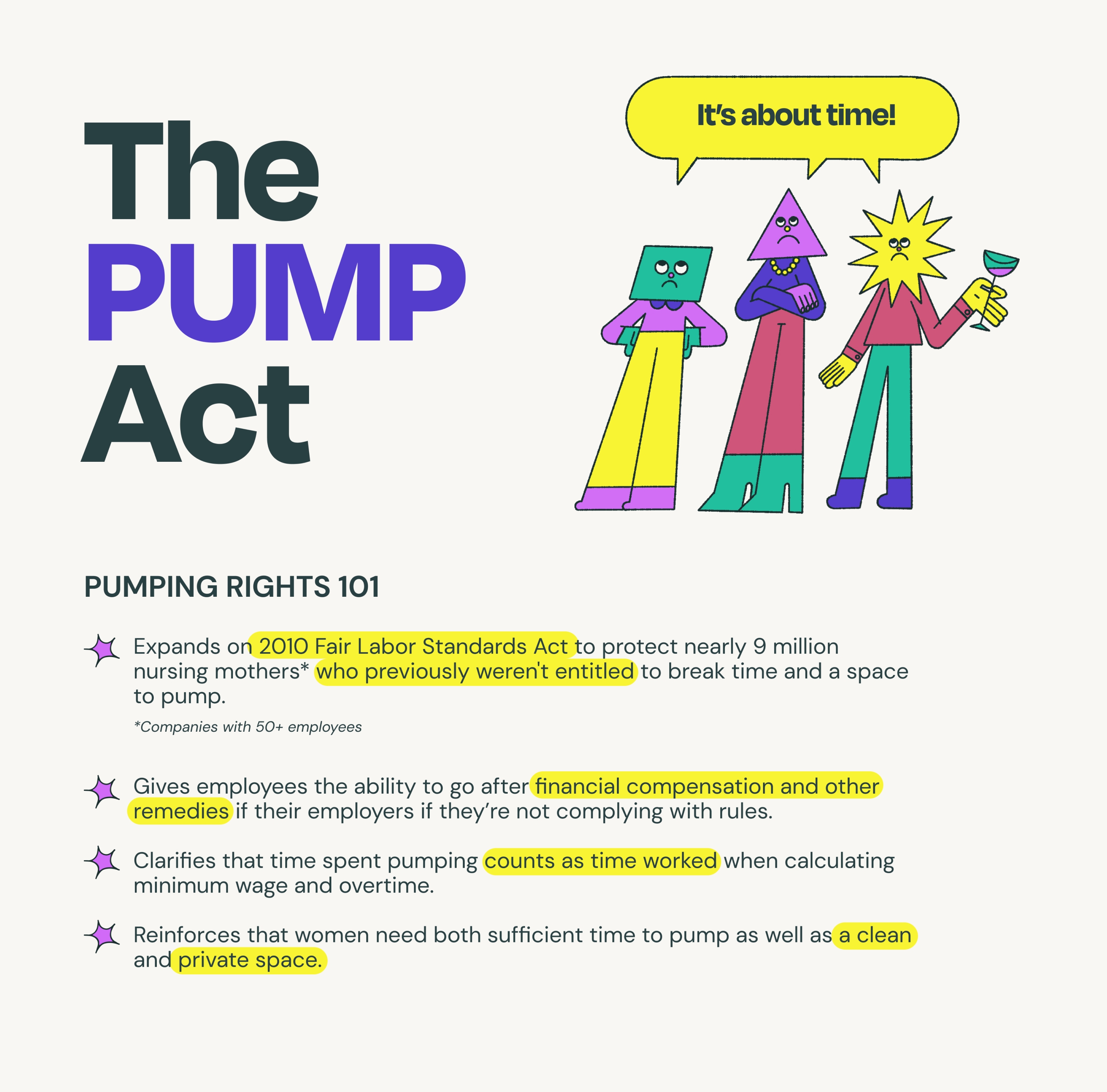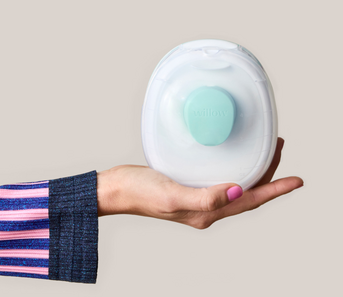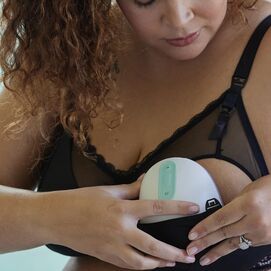The PUMP Act, passed in December of 2022, has gone into effect. It’s the first time that legislation supporting mothers’ feeding journeys has made its way through Congress since 2010 —and it’s a major moment for working moms. Questions? We got answers!
We’ve partnered with the team at SimpliFed, Willow's trusted lactation consultant provider network offering moms virtual, judgment-free breastfeeding and baby feeding support, to give you the facts and resources you need to advocate for yourself (and your baby) on the job. Because we’re all in this together.


II. The Pump Act at a glance
Here's what moms can expect from their employers.

III. How to talk to your employer about the Pump Act
We know it can be hard to advocate for yourself — especially if you’ve just returned to work and emotions (and hormones) are running high. So we created this resource guide that you can share with your manager, HR department, or anyone else who can help you get what you need.

IV. You've got questions. We've got answers.
What is the Pump Act?
Prior to the passage of the Pump Act, only certain employees were guaranteed pumping rights (such as break time to pump and a private place to pump) under the Fair Labor Standards Act (FLSA).
In December 2022, the Consolidated Appropriations Act was signed into law. It includes the PUMP for Nursing Mothers Act (“PUMP Act”), which extends pumping rights to more than 9 million nursing employees. These employees include agriculture workers, nurses, teachers, truck and taxi drivers, home care workers, and managers working in hospitality — people who had previously been left out under FLSA.
Who is covered by the Pump Act?
Nearly all workers in the US are covered with the exception of certain employees of airlines, railroads, and motorcoach carriers. These include full-time and part-time employees in the private sector and federal, state, and local governments.
What is included in the Pump Act?
- Break time: Employees must be provided with sufficient break time to pump for up to a year after childbirth.
- Private space: Employees must be provided with “a place, other than a bathroom, that is shielded from view and free from intrusion from coworkers and the public” to express breast milk. The space must have a lock or sign on the door to establish privacy.
- Functional space: Employees must have a place to sit while pumping and a flat surface on which to place their pump.
- Compensation: While pumping, employees must either be completely relieved of work duties, or paid for their break time.
- Access to remedies: Employees have the right to financial compensation in the event that their employer violates the law.
What does the Pump Act say about how long each break can be?
The act states that frequency and duration of breaks will vary depending on factors related to the nursing employee and child.
Does the Pump Act cover employees who work from home?
Employees who work from home, or “telework,” are covered under the Pump Act. Their benefits are the same as if they were working on site.
What are employees’ protections under the Pump Act?
The Pump Act prohibits retaliation, harassment, intimidation, or the taking of adverse action against any employee who inquires about their rights. Employees who are wrongfully treated are eligible for remedies including employment reinstatement (if they are wrongfully terminated), promotion and the payment of wages lost, and additional payment to cover damages that resulted from unfair treatment.
(Source: Department of Labor)













